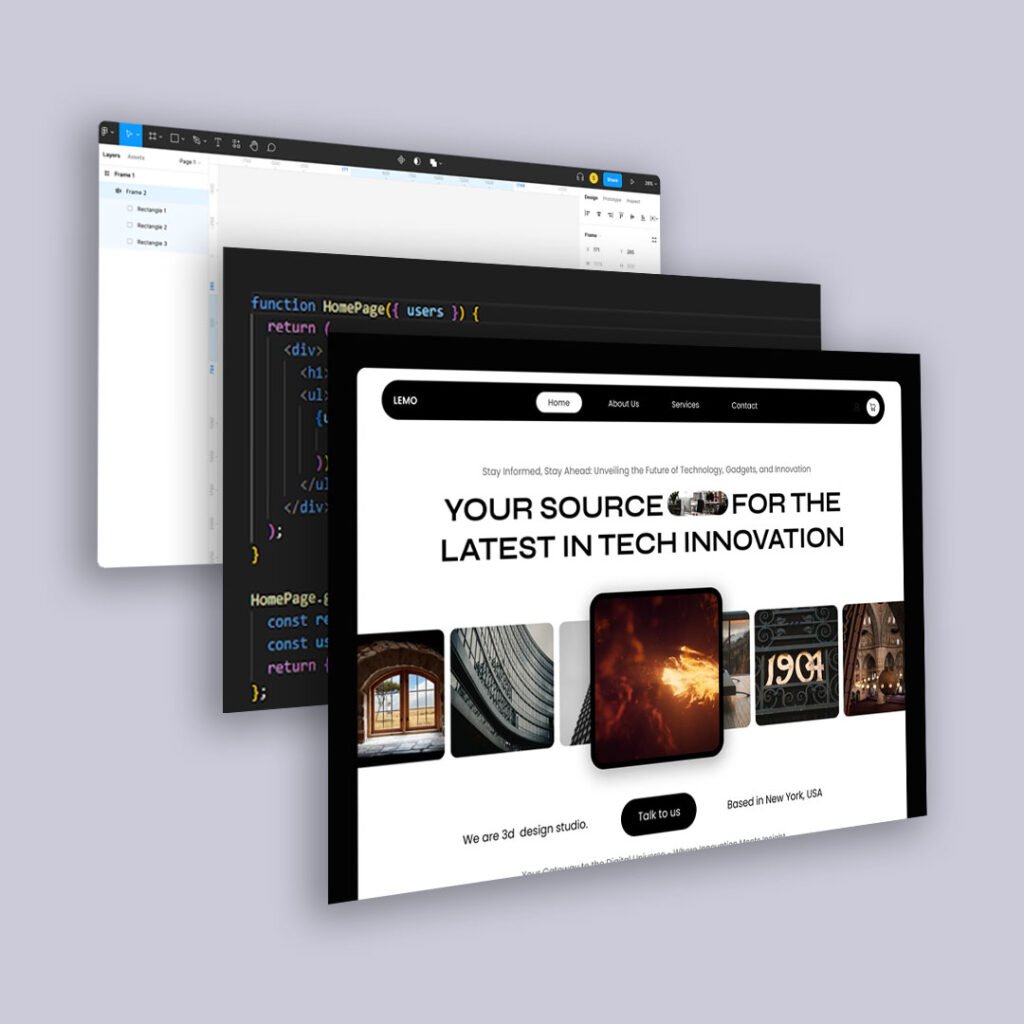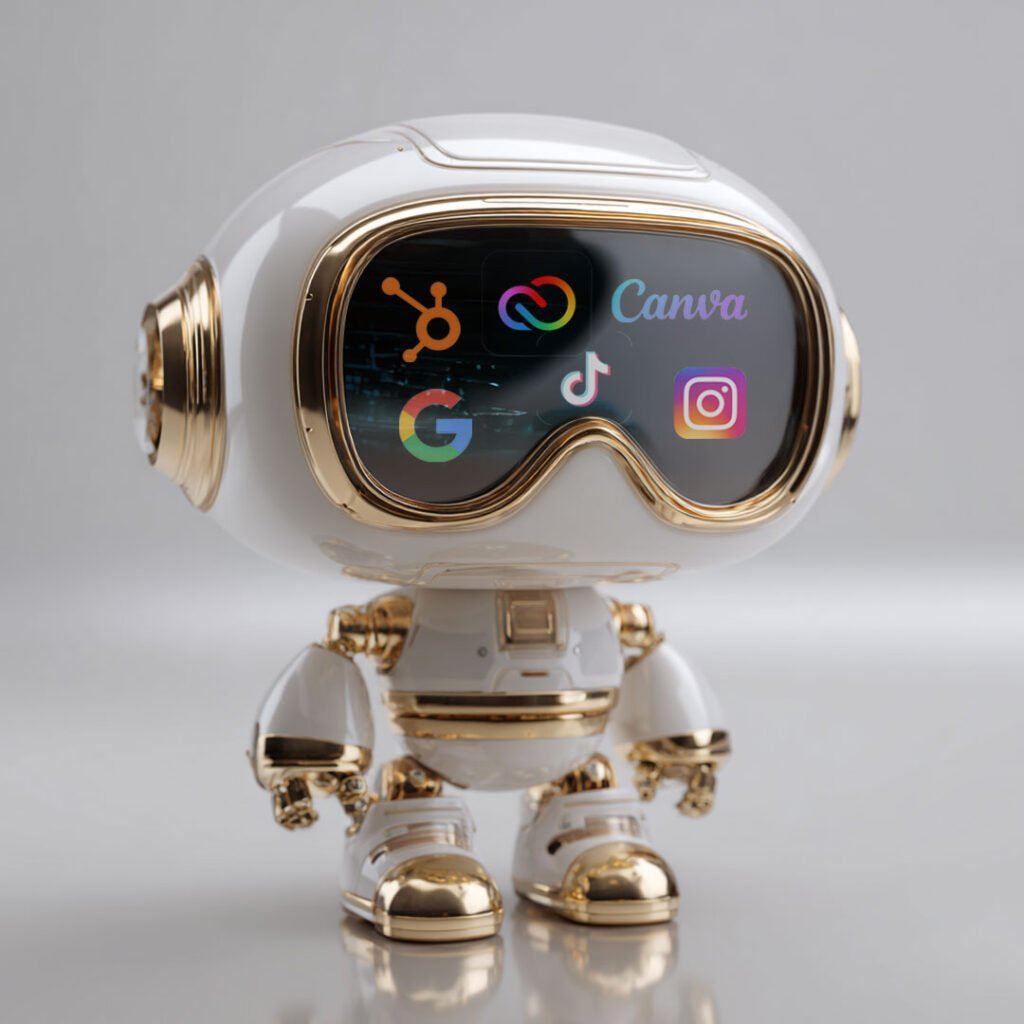The Problem with Traditional Personalization
You’ve probably seen it before: the “Hey [First Name]” email, the product recommendations based on a single past purchase, or the homepage banner that vaguely reflects your browsing history.
That’s personalization—but it’s also where most brands stop.
The problem is, today’s consumers expect more. They know what good personalization feels like, because companies like Amazon, Spotify, and Netflix have trained them to expect it. So when a brand falls short, it doesn’t just feel impersonal—it feels lazy.
Hyper-personalization steps in to fix that.
What Makes It “Hyper”?
Hyper-personalization goes beyond broad strokes. It blends real-time behavioral data (like what someone just clicked, hovered on, or scrolled past) with contextual cues (location, time of day, weather, device type, etc.) and predictive intelligence.
You’re not just saying, “You liked this, so maybe you’ll like that.”
You’re saying, “I see where you are in your journey, what you care about right now, and here’s exactly what will help you take the next step.”
It’s a level of specificity that makes users feel seen—and not in a creepy way, but in a “you actually understand me” kind of way.
How It Works (in Practice)
Let’s break it down into three core components:
1. Data Collection That Respects Privacy
Hyper-personalization needs data—but it doesn’t mean violating trust. It means collecting behavior-based and contextual data (with consent) and avoiding overreach. Instead of asking for more, smart brands use what they already have more creatively.
Behavioral Insight Tip: Focus on intent-rich signals—scroll depth, dwell time, repeat visits, time of day usage—to understand mindset and readiness, not just demographics.
2. Dynamic Content Delivery
Once you have the signals, you can tailor messaging in real time:
- Emails that change based on time of open or device used.
- Web pages that adapt based on previous user actions or campaigns.
- Product recommendations driven by what a user almost bought (not just what they did).
3. Predictive Intelligence
This is where AI shines. It uses patterns in user behavior to anticipate needs before they’re even verbalized. The best use cases? Cart abandonment sequences, upsells based on lifecycle stage, and content recommendations that meet the user where they’re headed—not just where they’ve been.
Where Marketers Get It Wrong
Many jump into hyper-personalization with the wrong mindset: more tools, more automation, more segmentation.
But the secret isn’t more—it’s smarter.
- Don’t personalize for the sake of it. Personalize with purpose.
- Don’t creep users out by being overly specific. Deliver usefulness, not surveillance.
- Don’t forget the human layer. Behavioral patterns matter—but so does emotional context.
When personalization works, it doesn’t just convert. It builds trust.
Real-World Example: A Behavioral Approach
Let’s say you run a wellness brand. A customer visits your site three times in a week, each time lingering on articles about sleep and anxiety. They add a magnesium product to their cart but don’t check out.
Traditional personalization might send a cart abandonment email. Hyper-personalization would go further:
- Show sleep-related testimonials on the homepage when they return.
- Offer a first-purchase incentive only on that product category.
- Trigger a real-time chat prompt with copy like: “Struggling to wind down at night? We’ve got something that might help.”
The result isn’t just a purchase—it’s relevance. It’s a conversation that feels like it started on their terms.
Final Thought: Use the Data, But Don’t Forget the Person
Hyper-personalization is not about manipulating behavior—it’s about honoring it.
It’s giving people what they need before they have to ask. It’s reducing friction and increasing value. And in a world where trust is fragile and attention is fleeting, that might be the most powerful marketing move you can make.





